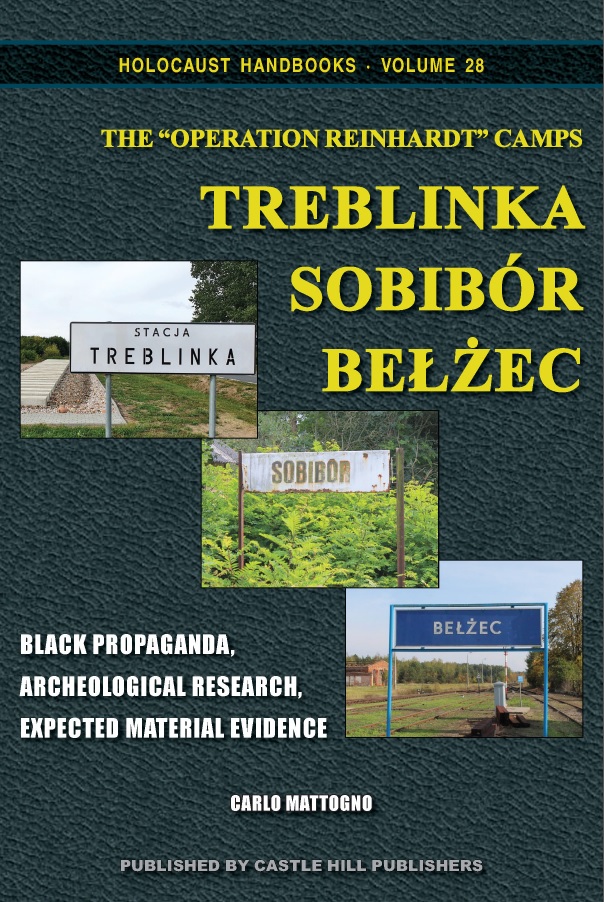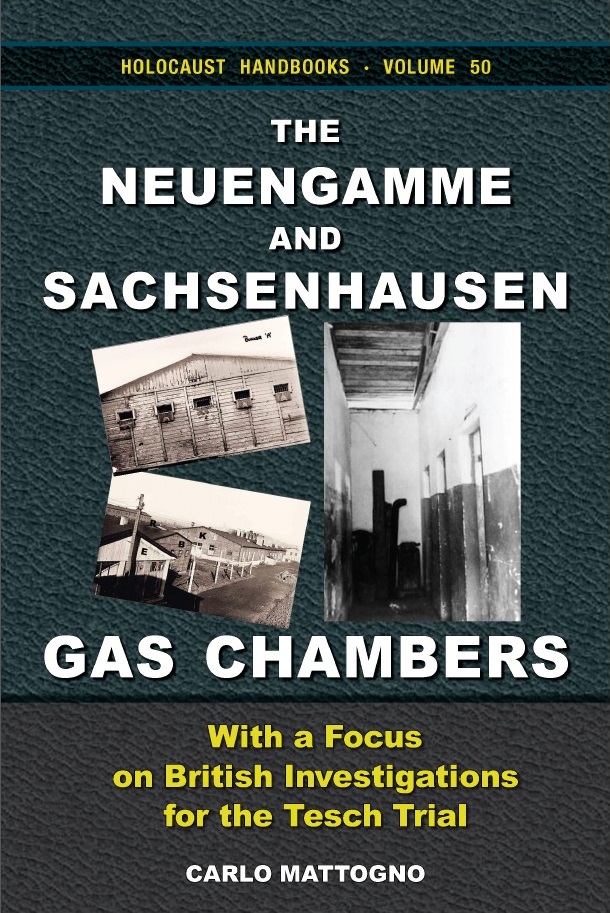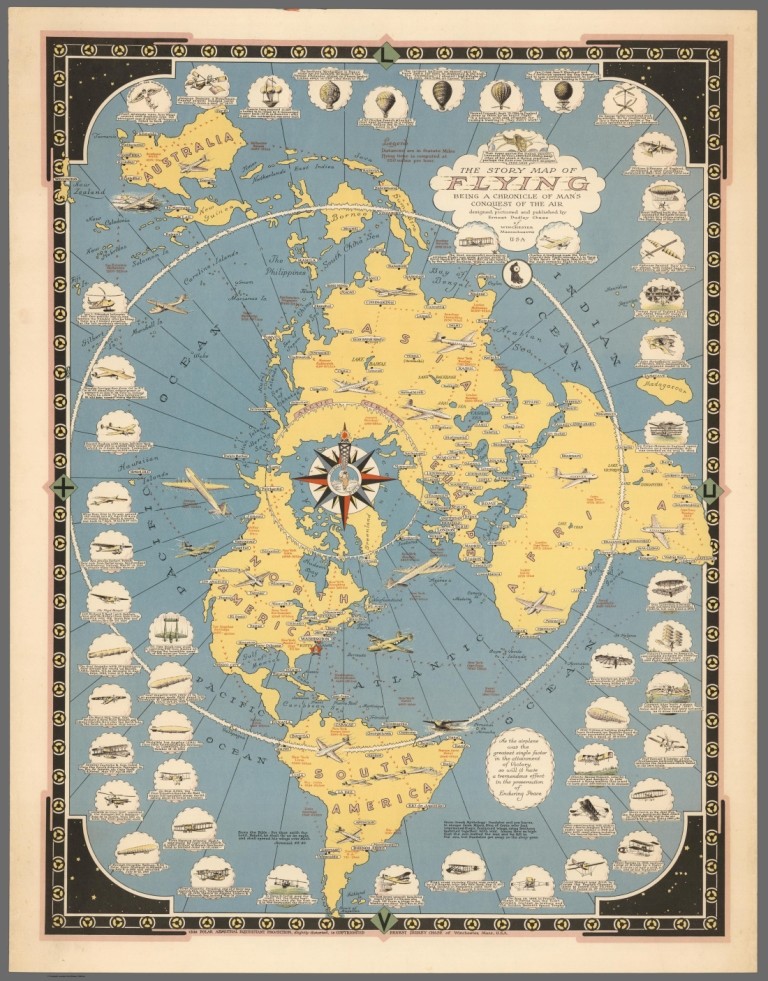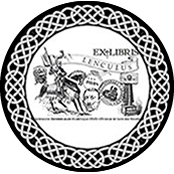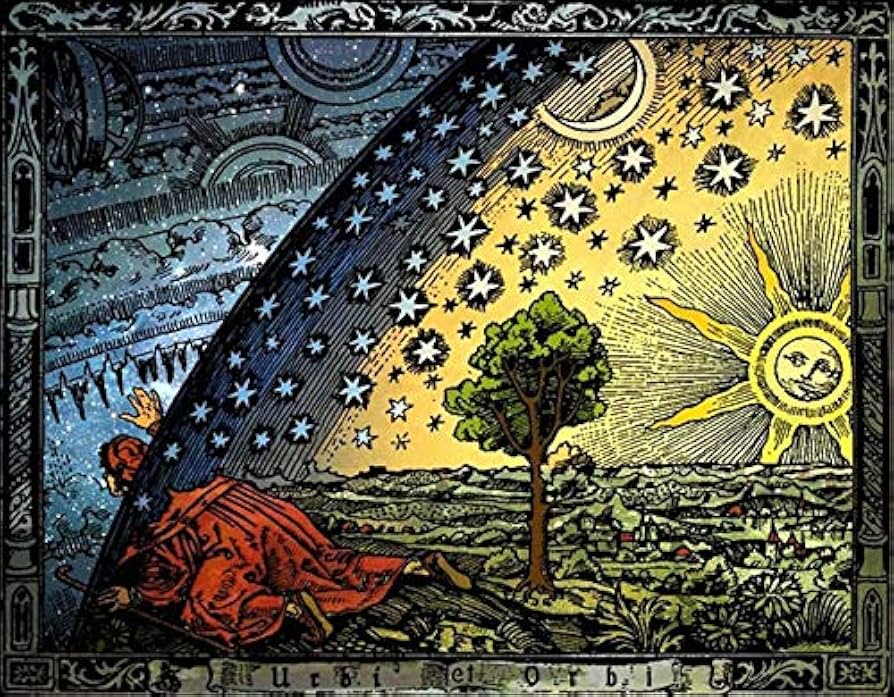
Glenn Harrison - Space and cosmology
The lies that astronomers tell
Glenn Harrison, MA(Ed); MSc (Sciences); Post Graduate Diploma in Cultural Astronomy and Astrology. Taught physical sciences in the UK and abroad for 33 years, Scottish Chartered Teacher (retired). This book is dedicated to all those seeking the truth.
This paper discusses the need to discern the difference between the speculations of scientists and scientific fact, based on Thomas S.Kuhn’s The Structure of Scientific Revolutions (2012 Edition). It shows how scientific theories become ruling paradigms and how paradigms must change in the pursuit of genuine scientific truth as new discoveries are made; and how paradigms fail and need to be replaced by better paradigms that give a better, improved explanation of natural phenomena. Kuhn’s book is a short history of speculations of how facts and factoids became truth, a processes still taking place today. The issues raised are discussed in 22 chapters.
What is a lie? An online definition is, “a lie is to create a false or misleading impression; a false statement made with deliberate intent to deceive; an intentional untruth. Something intended or serving to convey a false impression; imposture: ‘His flashy car was a lie that deceived no one’; to make an untrue statement with intent to deceive.”
This book considers some serious anomalies in modern-day mainstream science. An anomaly is an observation that differs from the expectations generated by an established scientific idea. Anomalies are useful and form a basis for research. Observations of anomalies may inspire scientists to reconsider, modify, or come up with alternatives to an accepted theory. How often are researchers heard to say? “If our theory is right, this should not happen! Therefore, there must be something wrong with the theory, so, back to the drawing board.”
This book considers some serious anomalies in modern-day mainstream science. An anomaly is an observation that differs from the expectations generated by an established scientific idea. Anomalies are useful and form a basis for research. Observations of anomalies may inspire scientists to reconsider, modify, or come up with alternatives to an accepted theory. How often are researchers heard to say: “If our theory is right, this should not happen! Therefore, there must be something wrong with the theory, so, back to the drawing board.” There are many anomalies in modern science which can be observed throughout history, where in some cases theories are completely abandoned or re-shaped, for example the Phlogiston, Phrenology and Miasma theories. No human being wants to be wrong especially highly respected scientists holding many academic accolades and prestigious positions in academia. It is for this reason many anomalies are often brushed under the proverbial carpet and the norms of scientific research are abandoned.
When natural phenomena are observed theories are formed and hypotheses are proposed to test the theories. Philosopher, David Hume (1711 - 1776) reasoned, that if a person has only ever seen a white swan, then he/she may conclude from observation and experience that all swans are white. However, Hume commented, “No number of observations of white swans can allow the inference that all swans are white, because the observation of a single black swan is sufficient to refute that conclusion.” Black swans were discovered in Australia in the 17th century. What is seen to be ‘truth’ one day may be untrue the next. Scientists must therefore, always allow for potential new discoveries. In this case should anything be absolute? Why is it that the distances to the sun, moon and stars laid down by astronomers over 200 years ago, are still accepted as absolutes and unquestionable? How do astronomers know the mean distance between the Earth and the sun is 93 million miles? If that figure is incorrect, what would it mean for all the other distances to stars and planets? How did early astronomers find these distances and declare them absolute? Is the present cosmological ruling paradigm, Heliocentricity, as solid as it seems ?
Do the many anomalies reveal a tear in the fabric of the theory of Heliocentricity? Is science on the brink of a major new paradigm shift ?
With so many errors and anomalies, how could it be when there are tens of thousands of scientists working for NASA, many with doctorates and even some Nobel Prize winners, who cannot see these anomalies and grave errors of astronomers described by critics? These questions are addressed in the book.
The book begins with a discussion of what paradigms are, why they are necessary and how they change when new knowledge is discovered. Then in chapter 3 there is a discussion of the origins of the heliocentricity replaced by a globe and then how heliocentricity came to be the leading paradigm of today.
The book may be of interest to the intelligent curious mind, to students of Philosophy, Law, Journalism, history as well as under graduates, Science graduates and scientists of course.
No prior is assumed and no mathematical ability is required, just common sense and reason.
Read this book, be critical and fair, and decide for yourself whether a new paradigm of the cosmos is emerging, and, what will that new paradigm be like. Read the book and be amazed.
Glenn Harrison 2023
Flat Earth - PDF


